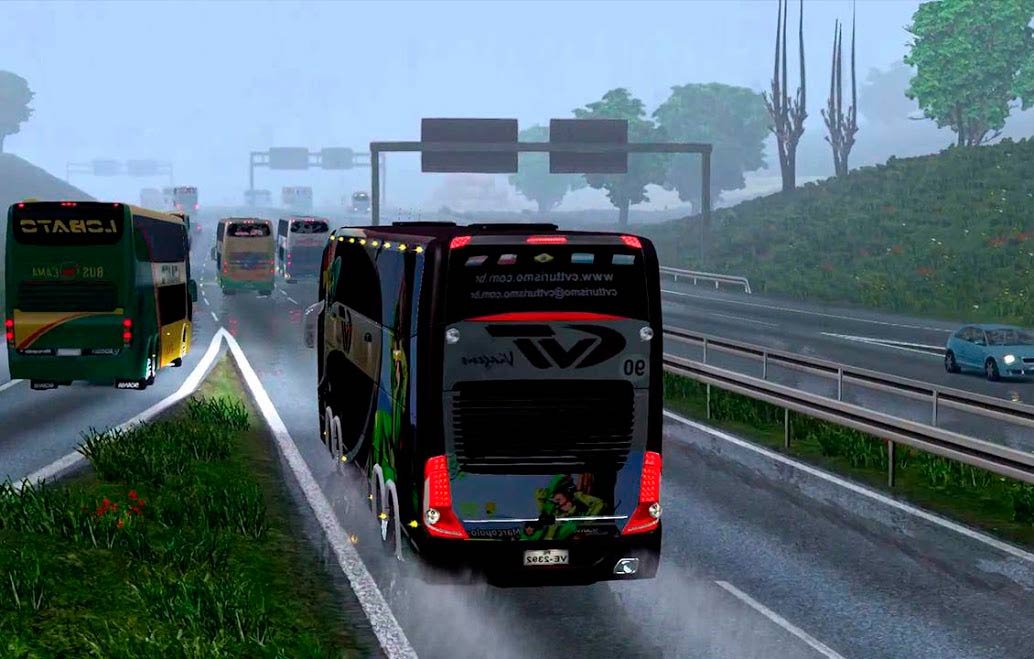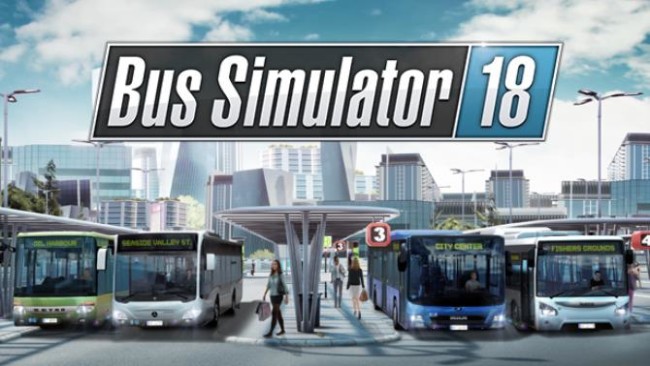
Transmission lines will reach slightly above 200 000 km (compared to 158 892 km in 2020). The installed generation capacity will reach over 204 GW in 2030. According to ANEEL the installed generation capacity in 2020 was slightly above 172 GW, with over 63% hydro, 26% thermal energy (including natural gas, biomass, nuclear, etc.), 9% wind and 2% solar energy.Īccording to the 2030 Brazilian Energy Expansion Plan (PDE 2030), the energy required to boost the economy will reach 328 million toe in 2030 (in 2019, this consumption was 259 million toe). The share of renewable energy in electricity generation is 83%, while the global rate is only 22%. Mitigate emissions of greenhouse gases and pollutants in the energy and transport sectors, including the use of biofuels.Īccording to Brazilian Energy Balance 2020, Brazil’s energy mix has 46.1% renewables, among the highest rates globally (average 13.9% in 2017). Promote renewable energy research and development. Promote the country’s competitiveness in the international biofuels market.Īttract investment in infrastructure for transport and storage of biofuels. Increase the use of biofuels in the energy matrix, considering economic, social and environmental bases.Įnsure the supply of biofuels throughout the national territory.Įncourage power generation from biomass and its by-products, owing to its clean, renewable and complementary character to hydraulic sources. Increase the country’s competitiveness in the international market. Use alternative energy sources, through the economic use of inputs available and applicable technologies. Identify the most appropriate solutions for the supply of electricity in different regions of the country. Increase the use of natural gas in economic bases. Protect the environment and promote energy conservation.Įnsure the supply of petroleum products throughout the national territory, in accordance with the Constitution. Protect the interests of consumers with regard to price, quality and availability of products. Promote development, expand the labour market and enhance energy resources.

9,478, Brazil’s energy policy is composed of 18 objectives, shown below: This regulatory framework represented significant fine tuning of the power sector in Brazil, particularly in energy planning, juridical security and regulatory stability, energy auctions and universal access programmes.Īs stated in the first article of federal law No. In the power sector, a new regulatory framework was set up in 2004, after energy rationing in 2001–2002. In 2004, the federal Government decided to establish the Energy Research Office (EPE), which heads energy planning according to the Ministry of Mines and Energy (MME) policies.


In the power sector it also created the Brazilian System Operator (ONS) and the Chamber of Electric Energy Commercialization (CCEE). In that context, the federal Government created two agencies responsible for regulation and inspection of the electricity sector - Brazilian Electricity Regulatory Agency (ANEEL) - and of the oil and gas sector - Brazilian Agency for Oil, Natural Gas and Biofuels (ANP).

The government has decided to focus the role of the state on policy making and market regulation, phasing out its previous involvement as owner of the major economic agents. At the end of the 1990s, Brazil’s energy sector faced deep changes, evolving privatization of state owned electric companies and the restructuring of the electric sector.


 0 kommentar(er)
0 kommentar(er)
